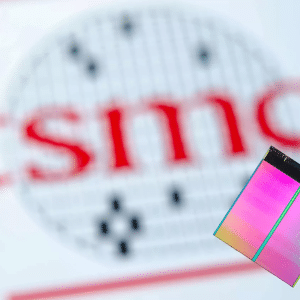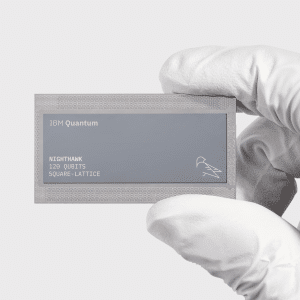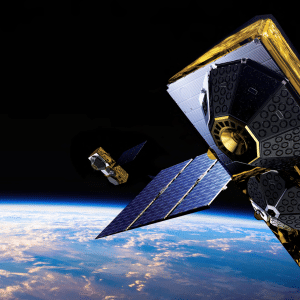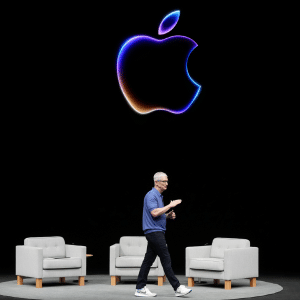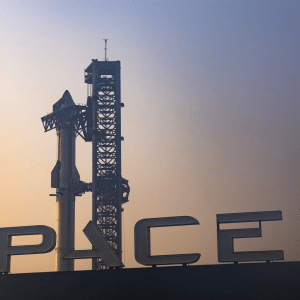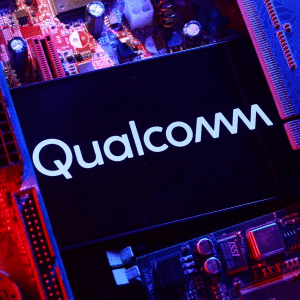TSMC’s journey into U.S. manufacturing began with high hopes but encountered significant hurdles. The company’s first Arizona plant, announced in 2020 and bolstered by the U.S. CHIPS Act, was initially slated to start mass production in 2024. However, construction setbacks and logistical challenges pushed that timeline to 2025, with the facility taking five years to complete. This plant, now in pilot production, is churning out 4-nanometer chips—technology that powers devices like the iPhone 15’s A16 Bionic chip. Apple has already begun integrating these U.S.-made chips into its ecosystem, though they remain a generation behind the cutting-edge 3nm chips produced in Taiwan.
Despite the slow start, TSMC is signaling a turnaround. According to a report from Nikkei Asia, the company has assured investors that future U.S. plants will avoid the prolonged delays of the first. By leveraging lessons learned—such as navigating U.S. permitting processes and coordinating with local labor—TSMC aims to bring its standard “Taiwan speed” of two-year construction timelines to America. The second Arizona plant, set to produce 3nm chips, is scheduled to come online in 2028, while a third, capable of 2nm production, is targeted for completion “before 2030.” This accelerated pace could mean U.S.-made chips for somewhat newer Apple devices, narrowing the gap with Taiwan’s advanced output.
Why the Rush Matters for Apple Users
For Apple, this development is more than a manufacturing footnote—it’s a step toward fulfilling its 2022 pledge to source “Made in America” chips. While the Arizona plants won’t yet produce the latest processors for flagship iPhones or Macs (which rely on Taiwan’s 3nm and upcoming 2nm tech), they will support chips for older or mid-tier devices. Think iPads, base-model iPhones, or even Apple Watches—products that don’t demand the bleeding edge but still benefit from reliable, high-quality silicon. Faster U.S. production could also bolster supply chain resilience, reducing Apple’s dependence on Taiwan amid geopolitical tensions.
The practical impact for users? Potentially more stable availability of devices that use these chips, especially as global demand for semiconductors continues to surge. TSMC’s Arizona output, though not yet at Taiwan’s technological forefront, will still deliver tens of millions of chips annually, powering everything from smartphones to AI-driven applications. For Apple enthusiasts, it’s a subtle but meaningful shift: your next device might carry a chip stamped with a U.S. origin, even if the most advanced tech remains a Taiwanese specialty.
Skepticism from the Sidelines
Not everyone is sold on TSMC’s U.S. ambitions. Former Intel CEO Pat Gelsinger, ousted after failing to keep pace with TSMC’s advancements, has downplayed the initiative. Speaking to the Financial Times, Gelsinger argued that without significant R&D investment in the U.S., TSMC’s stateside plants won’t elevate America to global chipmaking leadership. “All of the R&D work of TSMC is in Taiwan, and they haven’t made any announcements to move that,” he noted. Given TSMC’s tight grip on its most advanced processes—guarded closely in Taiwan for competitive and security reasons—his critique carries weight. The U.S. plants, even at their best, will trail Taiwan’s capabilities by a few years.
Still, TSMC’s commitment isn’t about matching Taiwan’s cutting edge—it’s about scale and proximity. The company’s $65 billion investment in Arizona, part of a broader $165 billion U.S. expansion, reflects a pragmatic bet on American demand and policy support. With Apple as its largest customer, TSMC has a vested interest in making this work, even if the chips produced stateside are a step behind.
What’s Next for U.S.-Made Apple Chips
Looking ahead, TSMC’s timeline offers a clearer picture of Apple’s domestic silicon future. The 3nm plant opening in 2028 could produce chips akin to today’s A17 Pro or M3 series—tech that, by then, might power mid-range Apple products. The 2nm facility, expected before 2030, could align with chips like the rumored “A20” for the iPhone 18 lineup, though it’s unlikely to debut Apple’s latest processors. Taiwan will remain the hub for first-to-market innovation, but Arizona’s role will grow, especially as TSMC refines its U.S. operations.
For now, Apple fans can take pride in a small but growing “Made in America” label on some chips. TSMC’s faster pace signals progress, not perfection, in the U.S. semiconductor story—one where practical gains for users, from supply stability to national pride, outweigh the quest for absolute technological supremacy.




